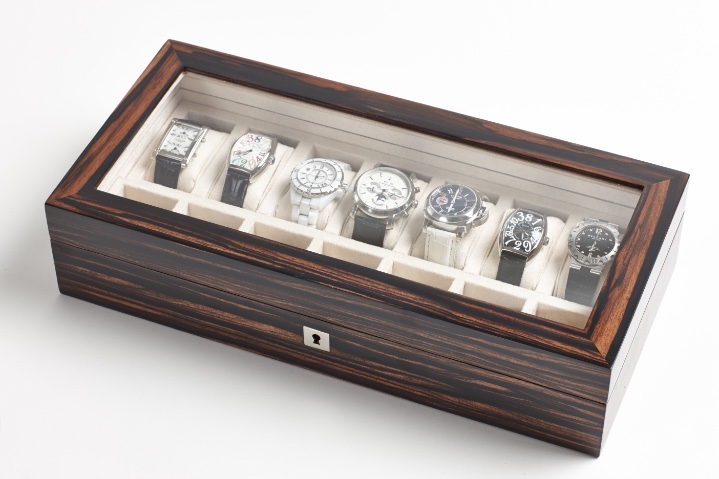THE HISTORY OF WATCHMAKING - Part 1
The history of watches is actually a relatively short one, when you think about it. This is because for most of the human’s existence it has been virtually impossible to capture the passage of time accurately. The first innovation in timekeeping was really the observation of light and dark, and the realisation that the rising & setting of the sun and shadows could give an indication as to the passing of time. This led to the first sundial being created in 1450BC in Egypt as a way of measuring work hours. Not much happened after that for many years, until around 1284AD when the first clocks with weights, gears and regulators began to appear. This lead to the invention of mainsprings (principal spring in a clock or watch) in around 1410, which when combined with the fusee (conical pulley or wheel) made the smaller domestic clock a reality, and led the desire for components to be made smaller which lead to the invention of watches.
The first mechanical watches appeared simultaneously in France, Germany and Italy in around 1492, and they more like a portable spring-driven clock than the neat compact items we wear today. Some say that the word “watch” comes from the Old English word “waecce” which means watchman, as mechanical watches tended to be used by town watchmen to keep track of their shifts at work, whilst others say it was thought of by sailors in the 17th century who used timepieces to time the length of their watches i.e. duty shifts.
![Luxury Watch Box]()
During the 16th century, watchmakers started to compete to build smaller and smaller watches so that it was easier for people to carry them. In 1571, Queen Elizabeth the first received a wristwatch from Robert Dudley, the first Earl of Leicester. This seemed to set a trend, as wristwatches were worn almost exclusively by women, while men carried pocket-watches, right up to the 20th century. The next major development in the world of watches happened in about 1657, when the balance spring was invented and added to the balance wheel. This small but vitally important piece of kit meant that the accuracy of watches now increased dramatically, reducing the error in timekeeping from hours per day to around ten minutes per day. This in turn led to the introduction of the minute hand to the watch face – in around 1680 in the UK and 1700 in France.
Wristwatches began to be accepted as a male accessory towards the end of the 19th Century, as a means for members of the UK armed forces to be able to synchronise manoeuvres without alerting the enemy became really important. During the Anglo-Burma War of 1885, members of the UK Army found the wristwatch invaluable in helping them to coordinate troop movements and synchronise attacks against the insurgents. Mappin & Webb actually produced a ‘campaign watch’, specifically aimed at Soldiers, during the Military campaign in the Sudan in 1898, and really ramped up its production when the Boer War started in 1899.
The earliest wrist watches were mainly a pocket watch attached to a leather strap, but with the steady rise in popularity of these amongst both men and women, they had evolved to purpose-built wristwatches by the start of the 20th century. In 1903, the Swiss Company, Dimier Freres & Cie patented a wristwatch design that had the now standard wire lugs attached (which hold the strap to the actual watch).
![Luxury Watch Box]()
The history of the Watch owes a lot to wars. The impact of the First World War opened up the mass market to the usefulness and stylishness of the men’s wristwatch in the post-war era. This was probably because during the war, The British War Department issued all soldiers in combat with a wristwatch as they were felt to be so useful for synchronisation and timing of attacks. This meant that by the end of the war, almost all enlisted men had at least one wristwatch and so when they were demobilised; they carried on wearing them and the fashion caught on.
The second part of our history of watchmaking will look at the introduction of the Quartz watch, and some modern uses for watches.
If you are a lover of watches and have managed to build a bit of a collection, then why not take a look at our range of luxury watch boxes to store them in?

